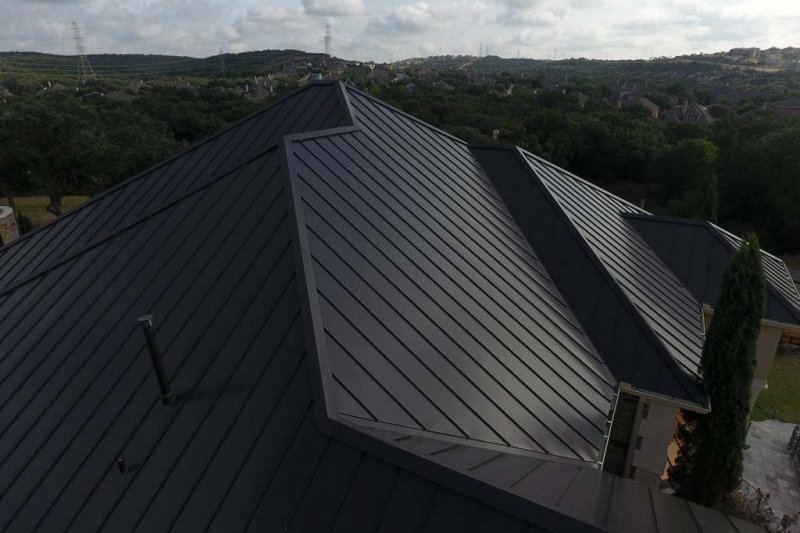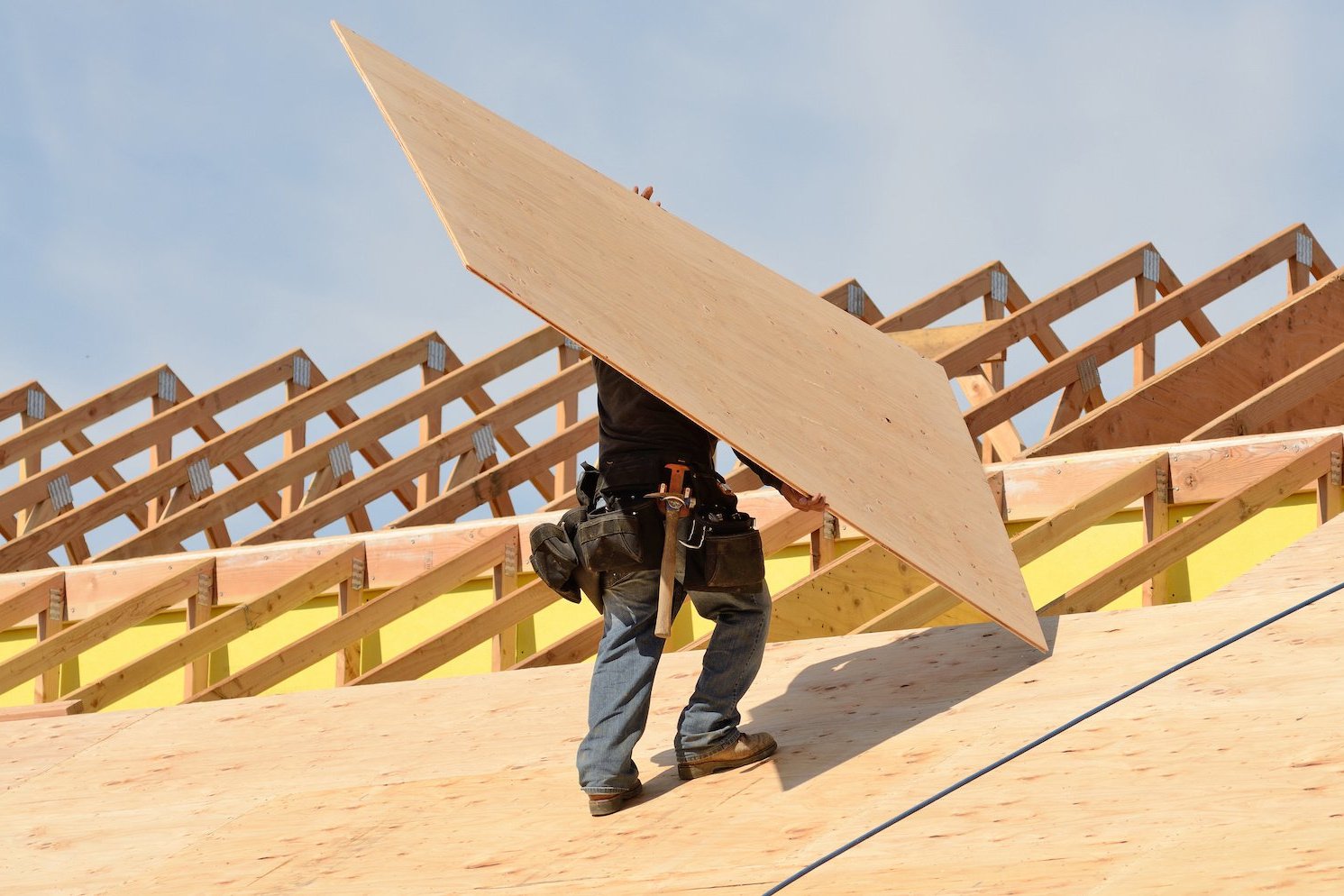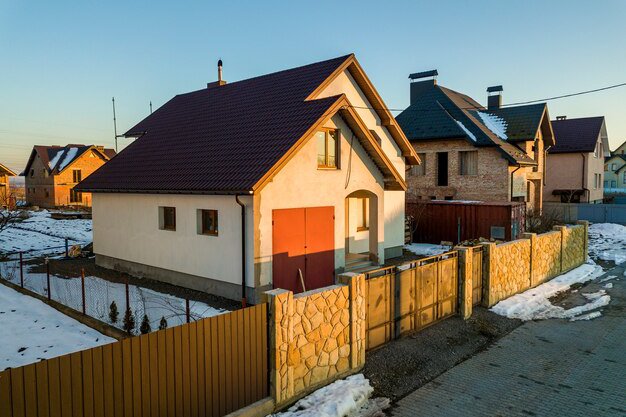Understanding Roofing Costs in St Helens, Oregon: Factors and Estimates
Undertaking a roofing project, whether it's a full replacement or a necessary repair, is a significant investment for any homeowner. Understanding the various factors that contribute to the overall cost is crucial for effective planning and budgeting. While national averages provide a general benchmark, roofing expenses are heavily influenced by regional and local conditions. In areas like St Helens, Oregon, the specific climate, local labor market, material availability, and building codes all play a vital role in determining the final price tag for roofing services. This guide delves into these factors to help homeowners in the Pacific Northwest navigate the complexities of roofing costs.
Nationally, average roofing costs can range widely, often falling between $5.00 and $7.00 per square foot, but this is merely a broad average. The Pacific Northwest, with its unique weather patterns and specific building requirements, often sees costs influenced by the need for materials and installation techniques that can withstand significant rainfall and prevent issues like moss growth. Labor rates, material supplier costs, and the demand for roofing services in the local St Helens area also contribute to the final pricing landscape.
Key Factors Influencing Roofing Costs
Several interconnected factors determine the cost of a roofing project. Understanding these elements allows homeowners to anticipate expenses and make informed decisions about their roof.
1. Roofing Material Selection
The choice of roofing material is arguably the most significant factor affecting cost. Materials vary widely in initial price, lifespan, durability, and installation complexity.
- Asphalt Shingles: The most common and cost-effective option. They come in various types, including 3-tab (basic, less durable) and architectural or dimensional shingles (thicker, more durable, aesthetically appealing). Architectural shingles are popular in areas like St Helens due to their improved wind resistance and appearance, offering a good balance of cost and performance.
- Metal Roofing: While having a higher upfront cost, metal roofs offer exceptional durability, longevity (often 50+ years), fire resistance, and can be highly energy-efficient. Types include standing seam, corrugated, and metal shingles. The complexity of installation contributes to the higher price.
- Wood Shakes or Shingles: Offer a classic, natural look often desired in the Pacific Northwest. However, they require specific fire treatments in many areas, are susceptible to moss and rot in wet climates if not properly maintained, and have a moderate lifespan. Installation is also more labor-intensive than asphalt.
- Tile Roofing (Clay or Concrete): Very durable and long-lasting, but heavy, requiring a stronger roof structure, which adds to the cost. Less common in the immediate St Helens area compared to drier climates, but an option for those seeking longevity and specific aesthetics.
- Synthetic Materials: Designed to mimic the look of slate or wood shakes while offering enhanced durability, fire resistance, and lower maintenance. Costs can vary but are generally comparable to or higher than architectural asphalt shingles.
The specific type and quality within each material category also impact cost. Higher-grade materials typically have longer warranties and better performance characteristics, justifying a higher initial investment.
2. Roof Size and Complexity
The sheer size of the roof (measured in "squares," where one square equals 100 square feet) is a primary cost driver – a larger roof requires more materials and labor. However, complexity adds significant expense beyond just size. Factors increasing complexity include:
- Pitch (Steepness): Steeper roofs require more safety measures, specialized equipment, and slower installation, increasing labor costs.
- Roof Shape: Complex roof designs with multiple valleys, hips, dormers, and intersections require more cutting, fitting, and flashing work compared to a simple gable or hip roof. Each valley or transition is an area prone to leaks if not installed correctly, demanding skilled labor.
- Number of Layers: Removing existing roofing layers adds labor time and disposal costs. A complete tear-off to the roof deck is often recommended or required by code, especially if there are multiple layers.
- Obstructions: Chimneys, skylights, vents, and pipes all require careful flashing and sealing, adding labor and material costs.
3. Labor Costs
Labor is a significant portion of any roofing project's cost. Rates vary based on geographic location, the roofing company's overhead, the crew's experience and skill level, and the complexity of the job. In areas like St Helens, Oregon, labor costs reflect the general cost of living and the demand for skilled tradespeople. Experienced roofers who specialize in complex installations or specific materials may command higher rates. The time it takes to complete the job is directly related to labor costs, influenced by roof complexity, weather conditions, and the efficiency of the crew.
4. Scope of Work and Additional Components
A basic roof replacement involves removing old materials and installing new ones. However, the scope can expand significantly, increasing costs:
- Decking Repair/Replacement: If the underlying roof deck (plywood or OSB) is damaged by rot, water, or pests, sections or the entire deck may need to be replaced. This adds material and labor costs.
- Underlayment: Installing new underlayment (felt paper or synthetic) is standard, but upgrading to higher-quality synthetic or ice and water shield membranes adds cost but provides superior protection, especially in vulnerable areas like valleys and eaves.
- Flashing: Replacing or installing new flashing around chimneys, vents, pipes, and walls is critical for preventing leaks. Using durable materials like metal flashing adds cost but ensures better long-term performance.
- Ventilation: Proper roof ventilation (soffit and ridge vents, or other types) is essential for air circulation, preventing heat and moisture buildup that can damage the roof structure and reduce shingle lifespan. Upgrading or installing new ventilation systems adds to the project cost but is vital for roof health, particularly in the humid St Helens climate.
- Gutters and Downspouts: Often, homeowners choose to replace or upgrade gutters and downspouts during a roof project, adding to the overall expense.
- Permits and Inspections: Local building codes in St Helens require permits and inspections for major roofing work. Permit fees vary, and ensuring the work meets code adds to the project's complexity and labor requirements.
5. Climate and Environmental Factors
The climate in St Helens, Oregon, significantly impacts roofing requirements and costs. Frequent rain, humidity, and the potential for moss growth necessitate specific materials and installation techniques. Roofers must account for weather delays, which can extend project timelines and potentially increase labor costs. The risk of moss and algae buildup means homeowners might opt for shingles with algae-resistant granules, which cost slightly more upfront but reduce the need for frequent, potentially damaging, cleaning. Addressing existing moss issues during replacement adds to preparation costs.
Common Roofing Materials Suitable for St Helens
Given the climate and common architectural styles in the St Helens area, certain roofing materials are more frequently used and suitable than others.
- Architectural Asphalt Shingles: By far the most popular choice due to their affordability, wide range of styles and colors, and reasonable durability. Many modern asphalt shingles are designed with improved resistance to wind, impact, and algae, making them a practical choice for the Oregon climate. Their lifespan is typically 20-30 years with proper installation and maintenance.
- Metal Roofing: Gaining popularity for its long lifespan (50+ years) and excellent performance against rain and wind. Standing seam metal roofs, in particular, offer a sleek look and superior water shedding capabilities. While the initial cost is higher, the longevity and low maintenance can provide significant savings over the roof's lifetime. Metal is also resistant to moss growth.
- Cedar Shakes or Shingles: Offer a natural, rustic aesthetic that complements many homes in the Pacific Northwest. However, they require specific treatment and maintenance in wet climates to prevent moss, rot, and fire spread (where codes allow). Their lifespan is variable depending on quality, installation, and maintenance, typically ranging from 20-40 years.
Choosing the right material involves balancing upfront cost, desired aesthetics, durability, lifespan, and maintenance requirements specific to the St Helens environment.
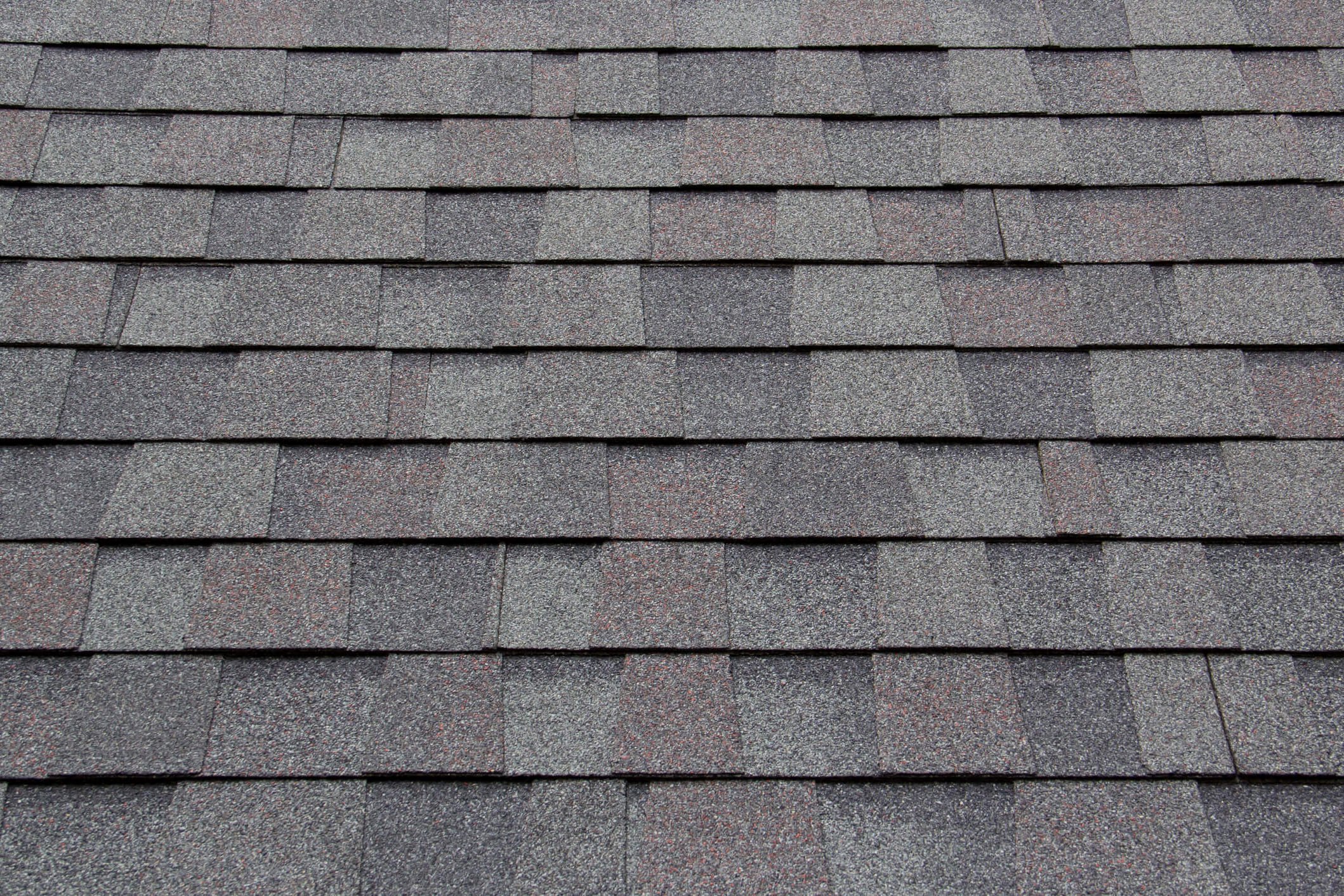
The Roofing Process: From Estimate to Completion
Understanding the typical steps involved in a roofing project can help homeowners anticipate the timeline and requirements.
Initial Assessment and Estimate: A roofing professional inspects the current roof to assess its condition, measure its size and complexity, and identify any underlying issues with the deck, ventilation, or flashing. Based on this assessment and the homeowner's material choice, they provide a detailed estimate outlining costs for labor, materials, permits, and waste disposal. For initial planning or non-urgent situations, getting a preliminary idea of costs is helpful.
For homeowners in St Helens looking for a quick, initial cost estimate without an on-site visit, SkyQuote offers a convenient tool.
Contract and Scheduling: Once an estimate is accepted, a formal contract is signed detailing the scope of work, materials, payment schedule, and warranty information. The project is then scheduled.
Permitting: The roofing contractor obtains the necessary permits from the local authorities in St Helens before work begins.
Material Delivery: Materials are delivered to the site.
Preparation: The work area is prepped, protecting landscaping, siding, and windows. Dumpsters for old materials are typically placed on site.
Old Roof Removal (Tear-off): The existing roofing material, underlayment, and flashing are removed down to the roof deck. This is a critical step for inspecting the deck.
Deck Inspection and Repair: The roof deck is inspected for damage. Any rotten or damaged sections are repaired or replaced.
Installation of Underlayment and Ice & Water Shield: New underlayment is installed across the roof deck. Ice and water shield is applied in vulnerable areas like eaves, valleys, and around penetrations to provide extra protection against water intrusion, crucial in a rainy climate.
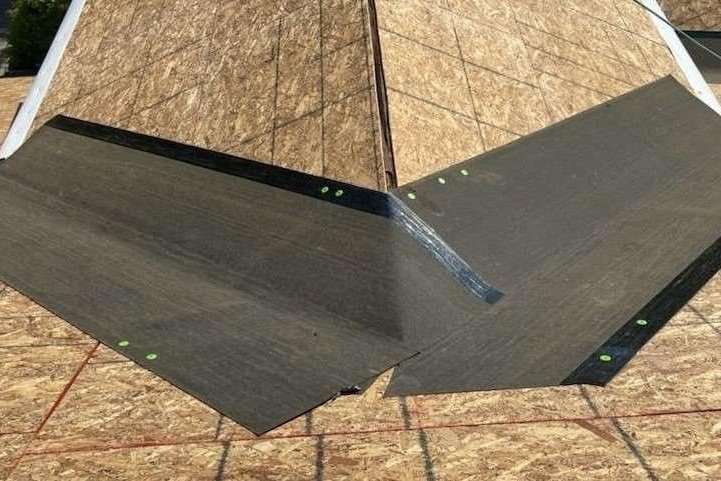
Installation of Flashing: New flashing is installed around chimneys, vents, skylights, and in valleys. Proper flashing installation is one of the most critical aspects of preventing leaks.
Installation of Roofing Material: The chosen roofing material (shingles, metal panels, tiles, etc.) is installed according to the manufacturer's specifications and local building codes. This involves careful alignment, fastening, and sealing.
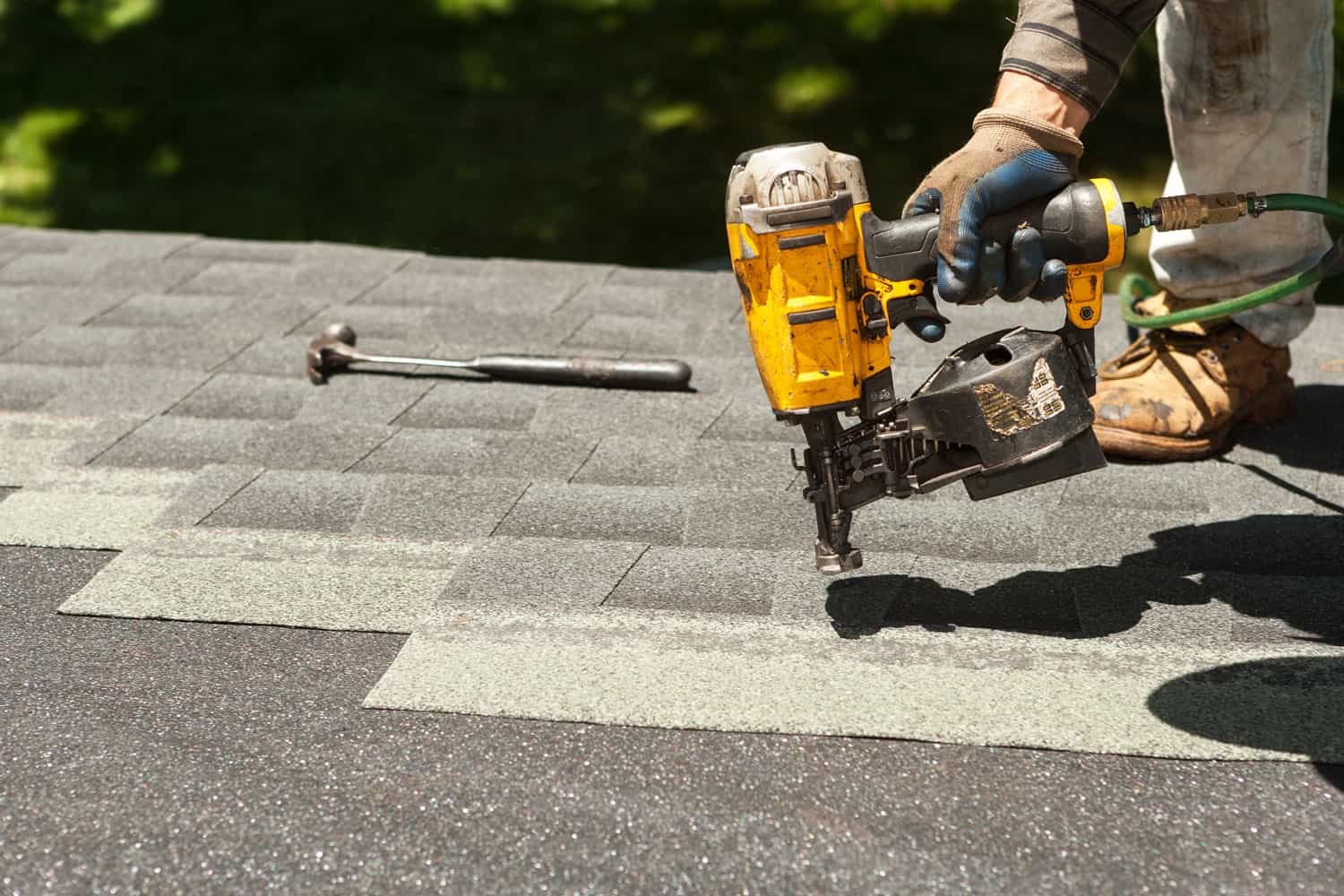
Installation of Ventilation: Ridge vents, soffit vents, or other ventilation components are installed to ensure proper airflow through the attic space.
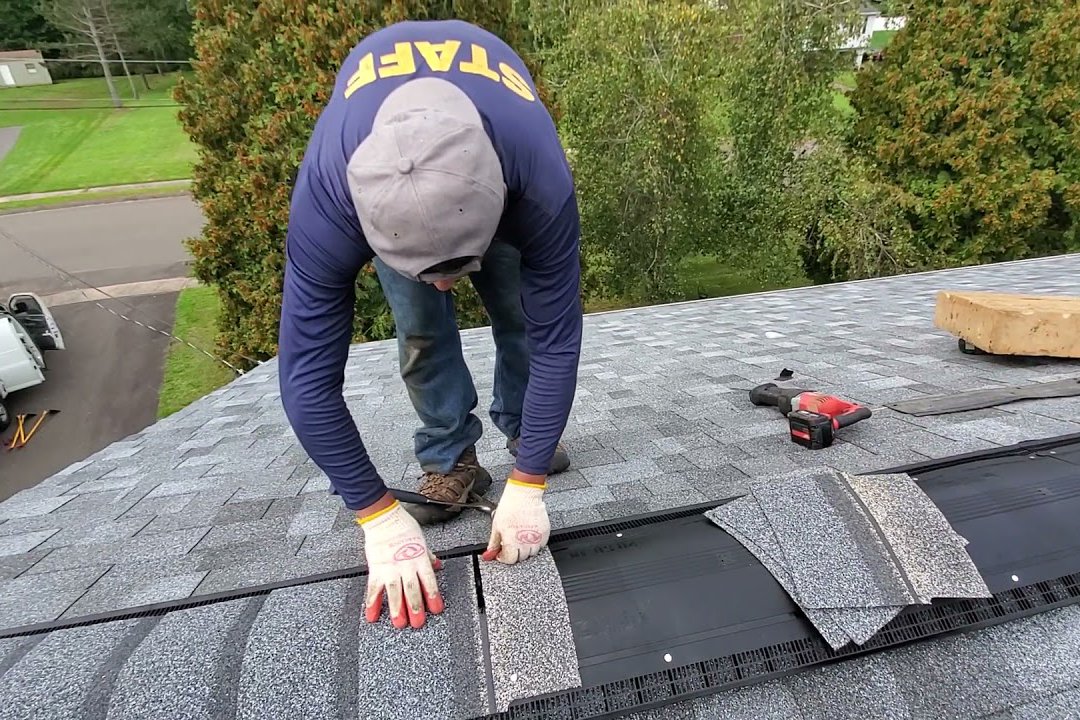
Cleanup: The job site is thoroughly cleaned, removing all debris, old materials, and fasteners.
Final Inspection: The contractor performs a final inspection, and the local building inspector conducts their inspection to ensure the work meets code requirements. Final payment is typically made upon satisfactory completion and inspection.
Essential Roof Maintenance in St Helens, Oregon
Due to the specific climate conditions in the Pacific Northwest, regular roof maintenance is not just recommended, but essential for maximizing lifespan and preventing costly repairs.
- Moss and Algae Control: Moss and algae thrive in the damp, shaded conditions common in St Helens. They can lift shingles, trap moisture, and cause granular loss, significantly shortening roof life. Regular cleaning using approved methods (often low-pressure washing or specialized treatments) is crucial. Installing zinc strips or using algae-resistant shingles can help inhibit growth.
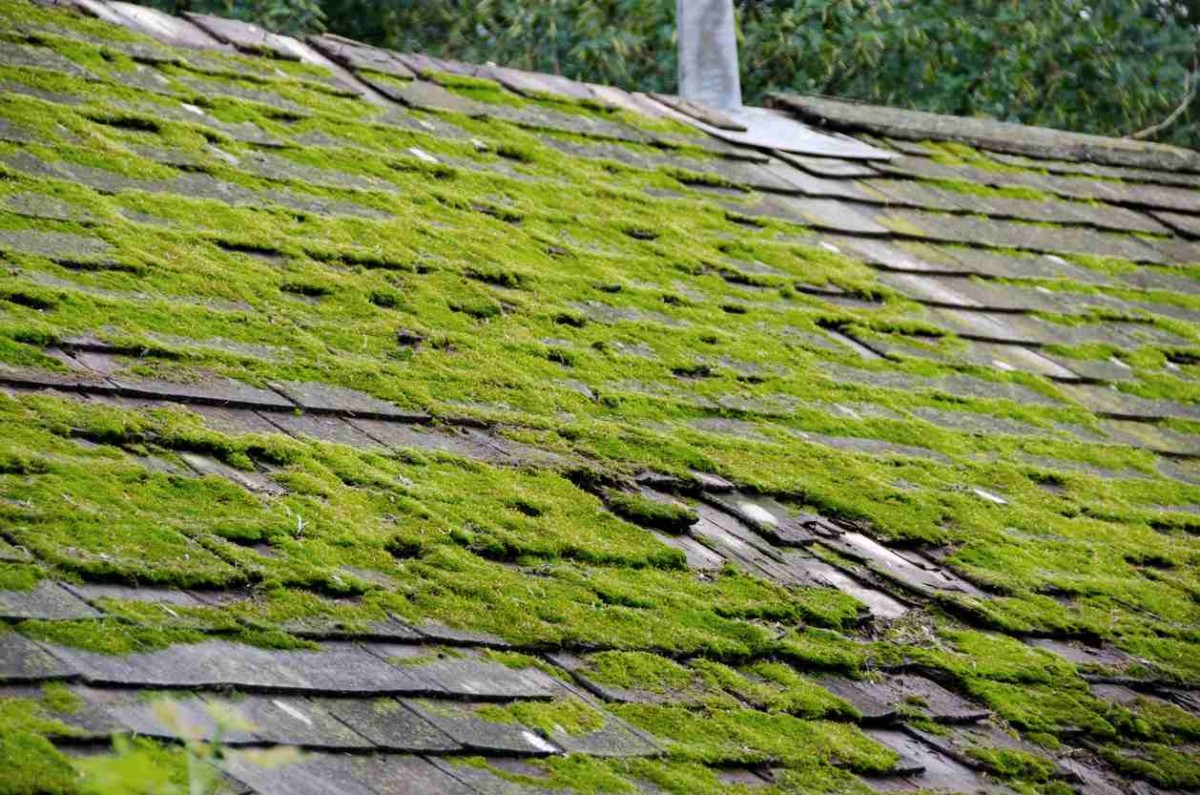
- Gutter Cleaning: Clogged gutters prevent water from draining properly, causing it to back up onto the roof, eaves, and fascia, leading to water damage and rot. Regular cleaning, especially in fall after leaves drop and again in spring, is vital. Consider gutter guards to reduce the frequency of cleaning.
- Debris Removal: Branches, leaves, and other debris can accumulate on the roof, especially in valleys or around chimneys. This debris traps moisture and encourages moss growth. Safely removing debris prevents water pooling and deterioration.
- Routine Inspections: Periodically inspect your roof from the ground or, if safe, from a ladder (or hire a professional). Look for missing, cracked, or curling shingles, damaged flashing, signs of water staining on ceilings indoors, or excessive granule loss in gutters. Early detection of issues can prevent minor problems from becoming major ones.
- Trim Overhanging Branches: Tree branches rubbing against the roof can damage the surface, and overhanging branches deposit leaves and debris, increasing the risk of moss and moisture problems.
Proactive maintenance helps protect your investment and can often delay the need for a full replacement.
Choosing a Qualified Roofer in St Helens
Selecting the right roofing contractor is paramount to a successful project. A reputable roofer will provide an accurate estimate, use quality materials, perform skilled workmanship, and stand behind their work with warranties.
Look for contractors who are:
- Licensed and Insured: Verify their licensing with the state and ensure they carry liability and workers' compensation insurance. This protects you from financial responsibility in case of accidents.
- Experienced: Choose a contractor with a proven track record, especially with the type of roofing material you plan to use and experience working in the St Helens area climate.
- Reputable: Check online reviews, ask for local references, and look for accreditation with organizations like the Better Business Bureau or roofing associations.
- Provide Detailed Estimates: A clear, written estimate itemizing all costs (materials, labor, permits, disposal, etc.) is essential. Be wary of significantly low bids that might indicate cutting corners.
- Offer Warranties: Reputable contractors offer warranties on both materials (backed by the manufacturer) and their workmanship.
Finding a trusted professional can be time-consuming. For homeowners ready to move forward with getting a professional assessment or starting a project, connecting with pre-vetted contractors simplifies the process.
If you have an urgent roofing issue, such as an active leak or storm damage, or simply prefer a professional inspection, SkyQuote can connect you directly with qualified local roofers.
SkyQuote acts as a platform to help homeowners like you find qualified local professionals for your roofing needs, whether you're just exploring costs or need to schedule service.
Frequently Asked Questions About Roofing in St Helens
What are the signs I need a new roof?
Common signs include missing or damaged shingles, curling or buckling shingles, significant granule loss (often seen in gutters), water stains on interior ceilings or walls, sagging roof deck, or moss and algae growth that is extensive or causing damage. The age of your roof is also a factor; most asphalt shingle roofs last 20-25 years.
How long does a roof replacement take?
The timeline depends on the roof's size and complexity, the material used, and weather conditions. A typical residential asphalt shingle roof replacement on a moderately sized home in St Helens might take anywhere from one to three days. More complex roofs or different materials can take longer.
Does homeowner's insurance cover roofing costs?
Homeowner's insurance typically covers roof damage caused by sudden, accidental events like storms, falling trees, or fire. It generally does not cover damage due to age, wear and tear, or lack of maintenance (like extensive moss damage). Review your policy and contact your insurer if you believe damage is covered. A professional inspection report is often required for insurance claims.
What is a roofing warranty?
There are typically two types: manufacturer's warranty on the roofing materials and the contractor's warranty on the workmanship. Manufacturer warranties cover defects in the materials and vary in length (e.g., 25-year, 30-year, lifetime). Workmanship warranties cover issues arising from improper installation and are provided by the roofing company, typically for a shorter period (e.g., 2-10 years). Understanding both is crucial.
How can I get an accurate estimate for my roof in St Helens?
The most accurate estimates come after a professional inspects your roof in person. However, for preliminary budgeting, tools that use satellite imagery and local data can provide a good starting point.
For a quick way to get a preliminary estimate based on your specific property in St Helens, Oregon, consider using SkyQuote's online tool.
This can help you understand potential costs before scheduling an in-person consultation.
Planning Your Roofing Project Wisely
Planning a roofing project involves careful consideration of material choices, understanding the factors that influence costs, and selecting a qualified professional. In a climate like St Helens, Oregon, addressing specific issues like moisture management and moss prevention is key to ensuring your new roof lasts its full lifespan. By doing your research, obtaining detailed estimates, and prioritizing quality materials and workmanship, you can protect your home for years to come. Utilizing resources that simplify the initial estimation and contractor selection process can make your roofing project smoother and more manageable.
